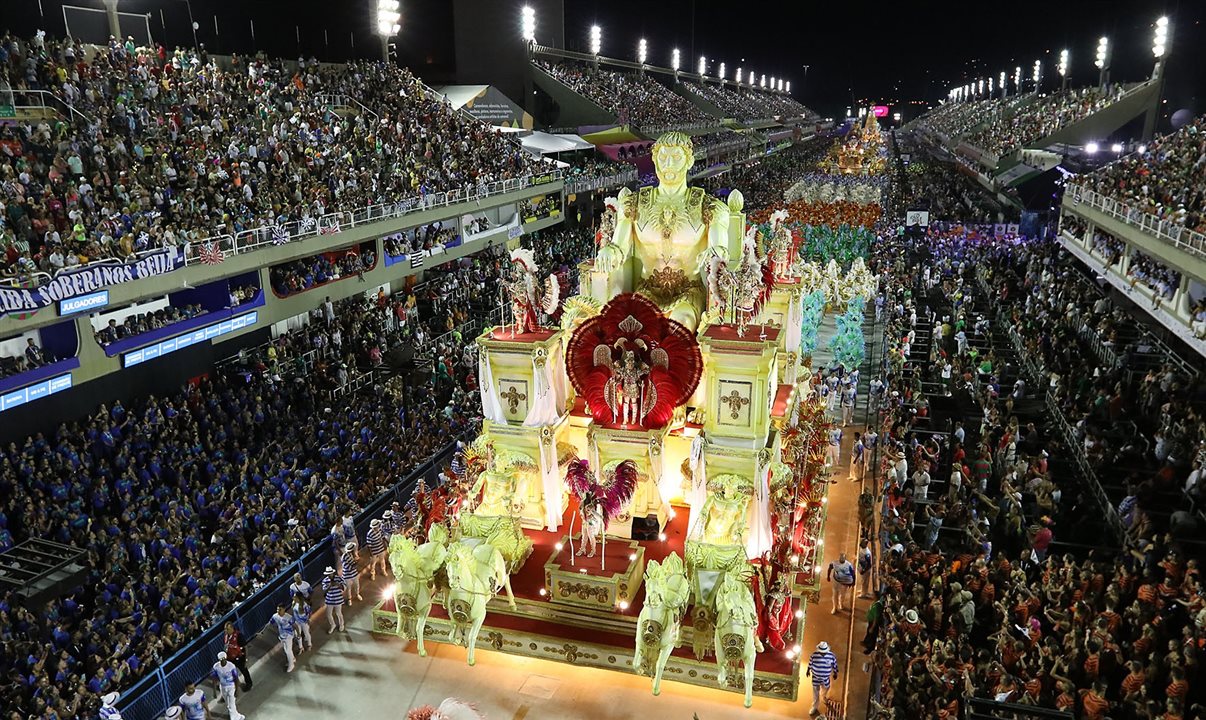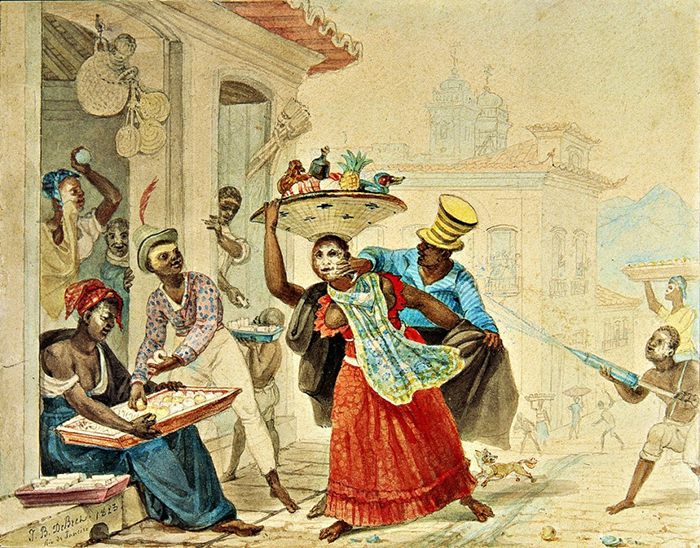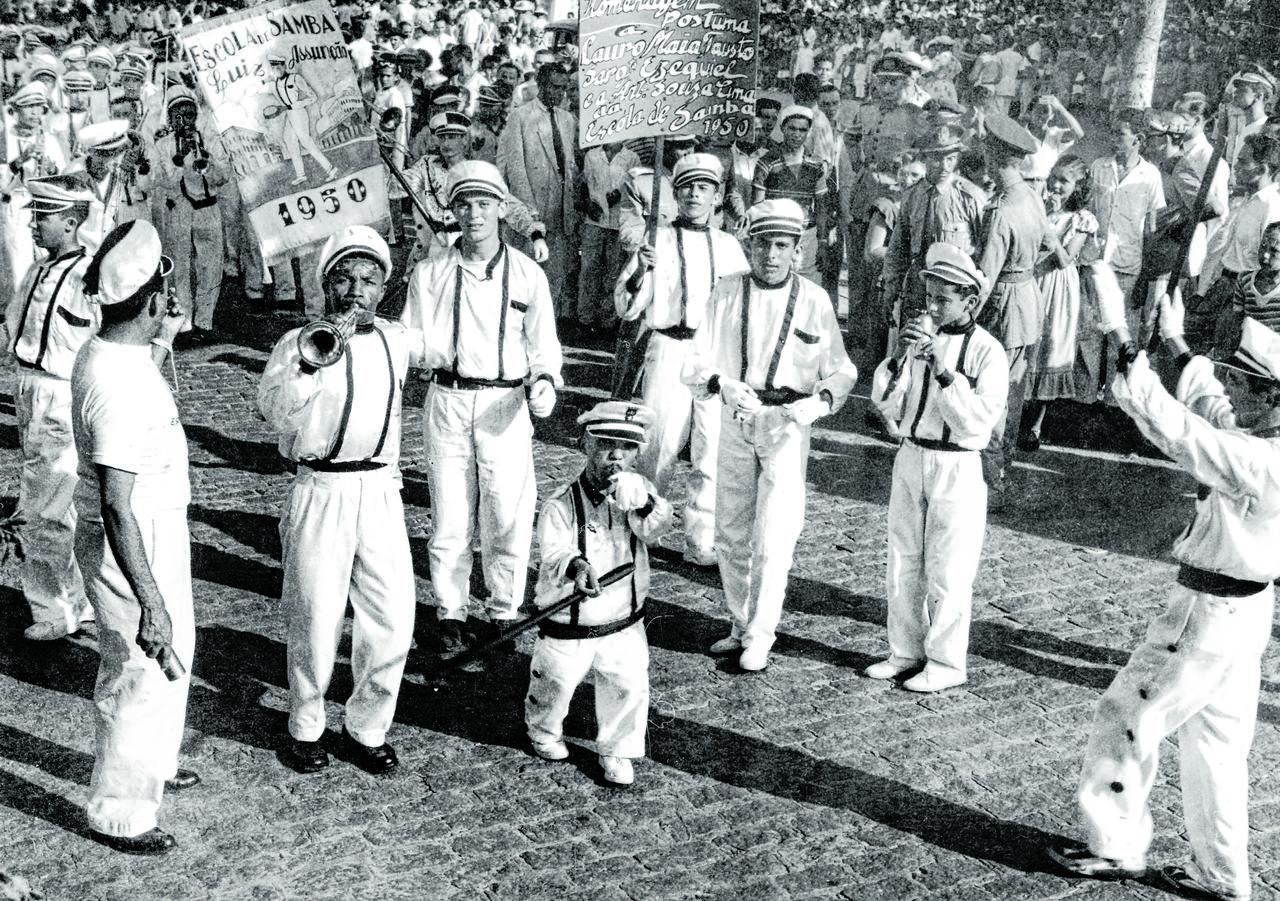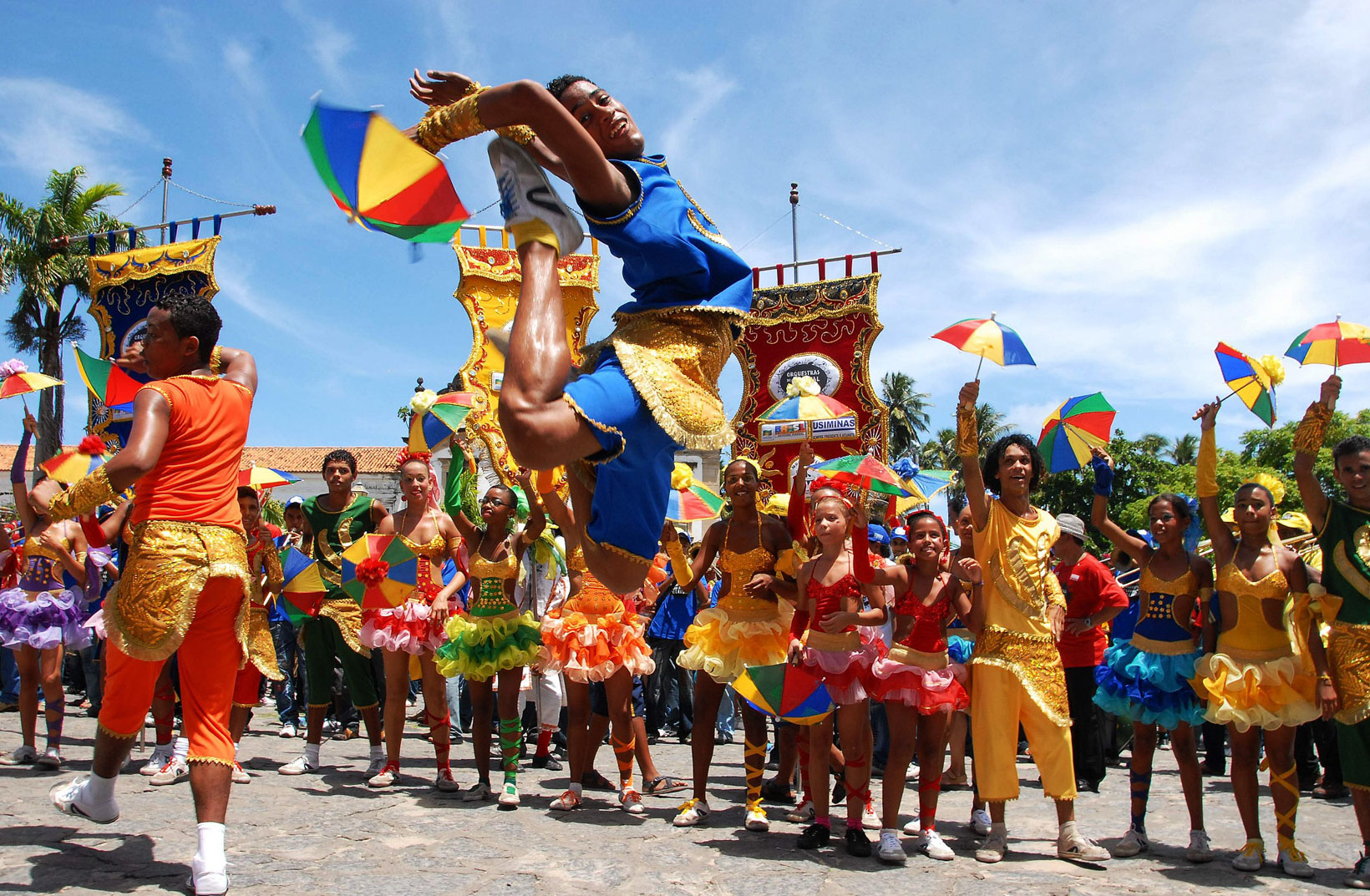Carnival is a popular and cultural festival that has ancient origins and is associated with various traditions around the world. Although it is difficult to determine the exact origin of Carnival, it is believed to have roots in pagan celebrations that took place in ancient Rome and Greece.

In ancient Rome, Carnival festivities were known as “Saturnalia,” in honor of the god Saturn. These celebrations took place in late December and were marked by the reversal of social roles, where slaves became masters for a short period of time, people dressed in masks, and there was an atmosphere of freedom and licentiousness.
In ancient Greece, there were similar festivities, such as the “Dionysia,” in honor of the god Dionysus, the god of wine and parties. These celebrations were characterized by parades, dances, theatrical competitions, and the participation of masked individuals.
With the spread of Christianity, pagan traditions were adapted to fit into the religious rituals of the time. Thus, Carnival became part of the Christian calendar, taking place before the period of Lent, which precedes Easter.
During the Middle Ages, Carnival became a popular festival in Europe, especially in cities like Venice, Italy, where elaborate masks were used to conceal people’s identities. The Carnival of Venice gained fame for its masquerade balls and extravagant festivities.
From the 15th century onwards, European colonizers brought Carnival traditions to other parts of the world. In Portuguese and Spanish colonies, for example, Carnival took on its own characteristics and became a popular and lively festival, featuring parades, music, and typical dances.
Carnival in Brazil has its origins related to the arrival of Portuguese colonizers to the country in the 16th century. The festivity has evolved over the centuries, incorporating African and indigenous influences, to become one of the biggest celebrations in the country.
The Portuguese brought to Brazil the traditions of Entrudo, a European-origin festival that involved playful activities with water, flour, and lemons. This festivity gradually mixed with African traditions brought by slaves, which included dances, music, and colorful rituals.

During the colonial period, Brazilian Carnival was initially restricted to the elite, who held balls and parties in clubs and salons. However, the slaves also had their own celebrations, where they expressed their cultures and religions through music, dance, and Candomblé rituals.
Over time, Carnival festivities began to popularize, reaching all social classes. The emergence of the first Carnival blocks in the late 19th and early 20th centuries was an important milestone in the popularization of Carnival in Brazil.

In the mid-20th century, samba school parades gained prominence, especially in Rio de Janeiro and São Paulo. Samba schools are associations that compete with each other with grand presentations, featuring floats, luxurious costumes, and samba-enredo songs that portray specific themes each year.

Another remarkable characteristic of Brazilian Carnival is the street blocos, which consist of groups of people who gather to parade through the streets, singing and dancing to the tunes of marchinhas and Carnival rhythms. These street blocos have been gaining increasing popularity in various cities across Brazil.
Carnival in Northeast Brazil is recognized for its contagious energy, captivating rhythms, and unique cultural traditions. The northeastern region stands out as one of the main destinations for revelers during this popular celebration.
One of the most famous cities to celebrate Carnival in the Northeast is Salvador, in Bahia. The Carnival of Salvador is known for its trio elétricos, which are large trucks with stages where artists perform, accompanied by a crowd of people who follow the trio dancing and singing. The predominant rhythms are axé, samba-reggae, and other music genres typical of the region.

Another city in the Northeast that stands out for its Carnival is Recife, in Pernambuco. The Carnival of Recife and Olinda is characterized by the famous street blocos, such as the “Galo da Madrugada,” considered the largest Carnival bloco in the world. Revelers dress in colorful costumes, dance to the sound of frevo and maracatu, and follow the trio elétricos through the narrow streets and hills of Olinda.
In addition to Salvador and Recife, several other northeastern cities also have remarkable Carnival traditions. In São Luís, in Maranhão, the Bumba Meu Boi is a cultural manifestation that combines music, dance, and theater, with characters such as the bull, the cowboy, and the Indian Catarina. In Natal, in Rio Grande do Norte, the street Carnival stands out with the famous blocos “Kengas” and “Poetas, Carecas, Bruxas e Lobisomens” (Poets, Baldies, Witches, and Werewolves).
Currently, Carnival in Brazil is known worldwide and attracts thousands of tourists every year. It is a celebration marked by joy, cultural diversity, and artistic expression, where people dress up, dance, sing, and immerse themselves in the celebration of life during the days of revelry.
Reference: Mundo Educação – A prática carnavalesca do entrudo. Brazil, July 19, 2013. Site: mundoeducacao.uol.com.br. Available in: A prática carnavalesca do entrudo. O entrudo – Mundo Educação (uol.com.br) Accessed on: July 04, 2023.

Matheus Araújo
Matheus Araújo is the founder and editor of Brazilian History. Born in Rio de Janeiro and holding a degree in Advertising and Marketing, his passion for history led him to enroll at the Federal University of the State of Rio de Janeiro, where he is currently pursuing a degree in History Education.
